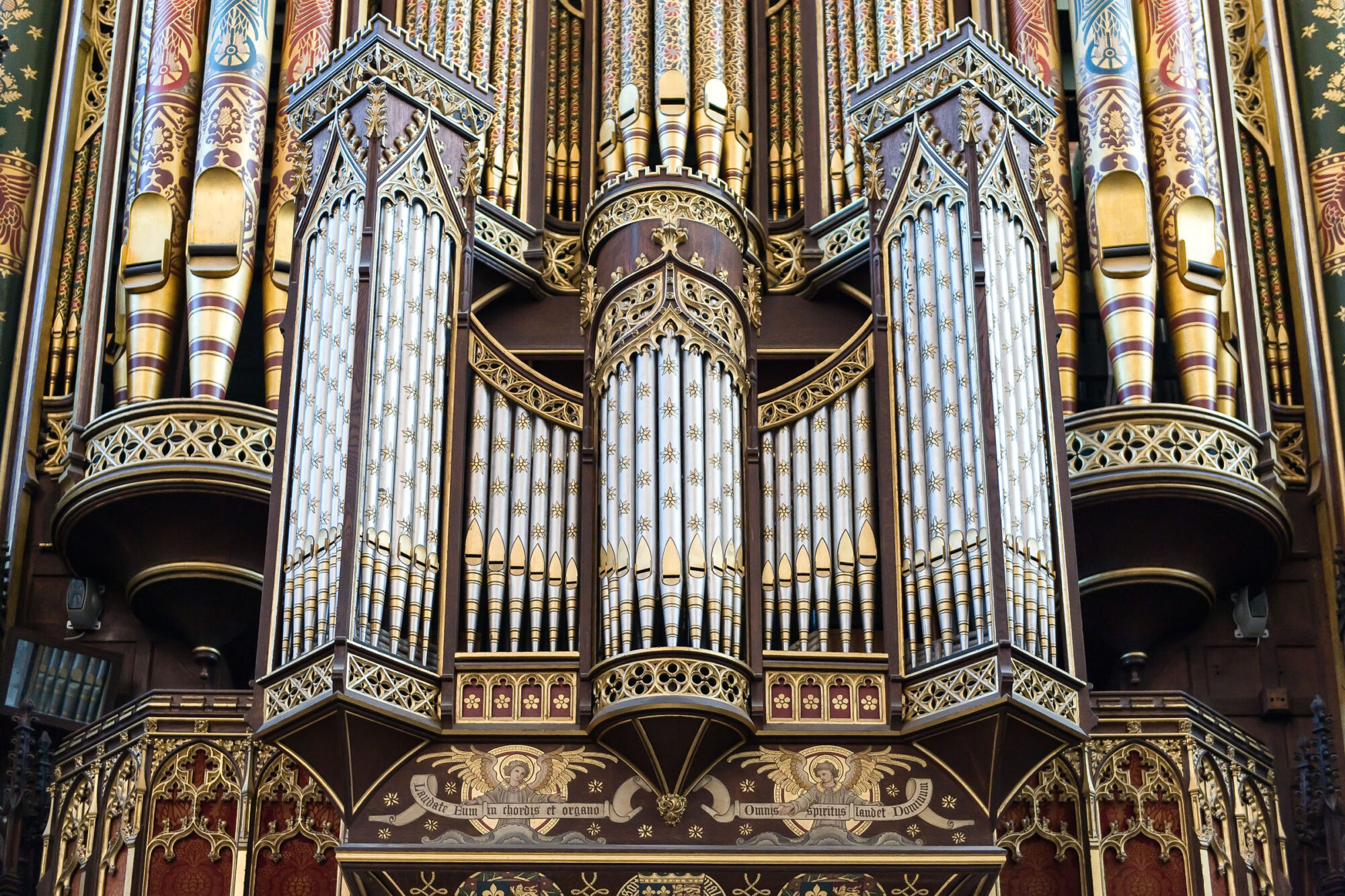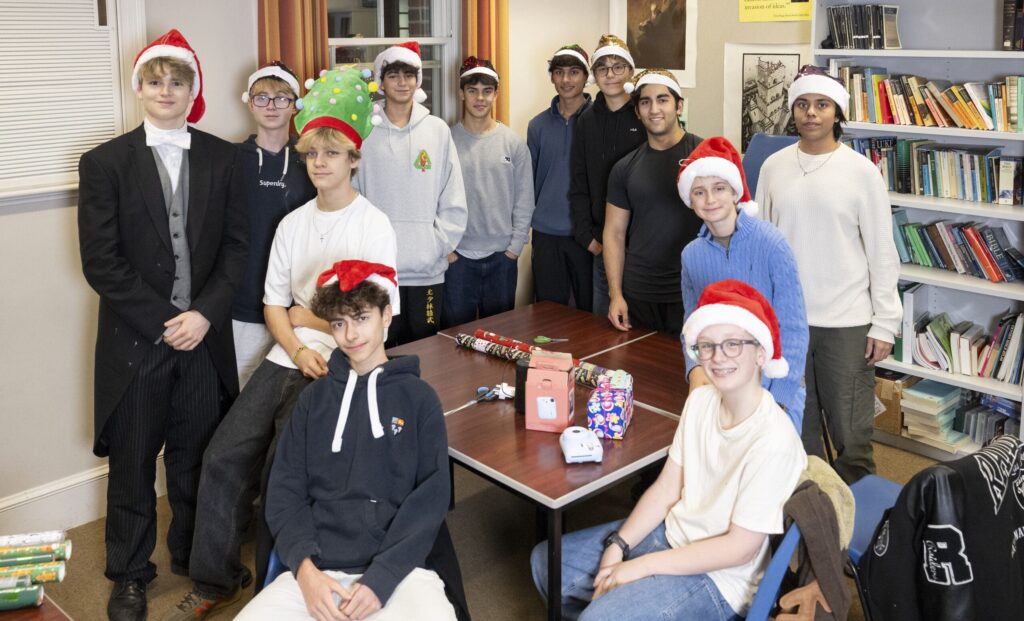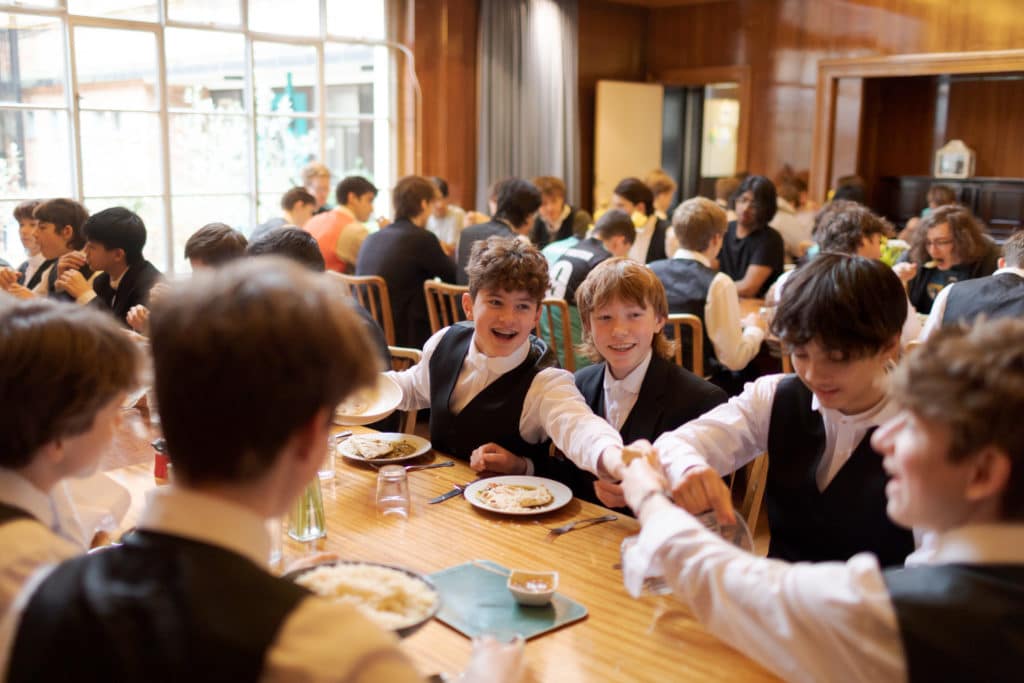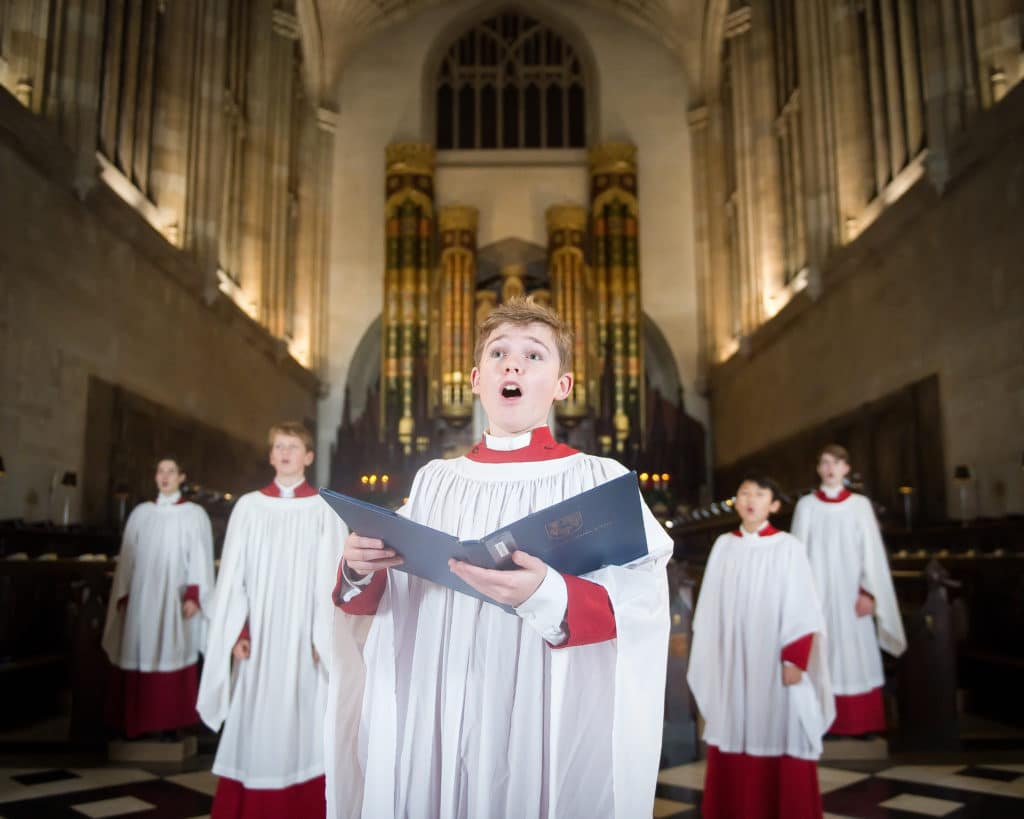Eton’s Chapel has a rich history. Henry VI attached the greatest importance to the religious aspects of his new foundation and ensured that the services would be conducted on a magnificent scale by providing an establishment of 10 priest Fellows, 10 Chaplains, 10 clerks and 16 choristers. There were 14 services each day, in addition to prayers, and Masses offered for the souls of the Founder’s parents and, after the Founder’s death, for the Founder instead. This last provision reflected the strongly held belief in the late Middle Ages that prayers and Masses for the soul of a dead person hastened the progress of that soul from Purgatory to Paradise.
The Roman Catholic Chaplaincy at Eton aims to assist the boys in living out their Catholic faith at school and at home, and to make that faith their own.
Fr McDole, Roman Catholic Chaplain
All these arrangements befitted a church that was intended to become one of the great places of pilgrimage in Europe. Attracted by the Indulgences and relics, for roughly a decade pilgrims flocked to Eton at the Feast of the Assumption every August. At this time, a fair lasting six days was held on the playing fields to meet the needs of pilgrims.
For almost 40 years before the present Chapel was completed, services were held in the old parish church, dedicated to the Assumption of the Virgin and, until demolished about 1480, situated on the site of the present graveyard. In the crisis of the 1460s the annual influx of pilgrims ceased and the large establishment of clergy was permanently reduced in size.
Today, the Chapel services retain their important position in the life of the College: boys attend once on Sundays and at a number of other voluntary services throughout the week. The number of boys in the School has so expanded that a second church, Lower Chapel, was built in 1890.

boys meet in Lower Chapel every weekday morning.
Wall Paintings
The wall paintings in the Chapel are the most considerable work of art in the College. They are the work of at least four master painters who, with their assistants, took eight years to complete them (1479–87). In the Flemish style, they decorate the stone sides of the Chapel. On the north side, the paintings depict miracles of the Virgin Mary (to whom the Chapel is dedicated), while those on the south side tell a popular medieval story about a mythical empress.
The paintings have an interesting life history. They were whitewashed over by the College barber in 1560 as a result of an order from the new Protestant church authorities, banning pictures of fictitious miracles. They remained obscured and forgotten for the best part of 300 years before rediscovery in 1847: it was not until 1923 that they were revealed by the removal of stall canopies and the paintings were subsequently cleaned and restored.
The Roof
At first sight the roof appears to be late medieval fan-vaulting, but it was in fact completed in 1959, superseding the old wooden roof which had become unsafe owing to damage caused by rot and the death-watch beetle. The new roof, carrying out the Founder’s original intention for a stone vault, is of stone-faced concrete hung from steel trusses. An interesting comparison can be made with the exquisite fan-vault of Lupton’s Chapel, finished in 1515.
O Lord Jesus Christ, who created and redeemed me, And hast brought me unto that which now I am, Thou knowest what thou wouldst do with me; Do with me according to thy will; for thy tender mercy’s sake.
The Founder’s Prayer
Chapel Windows
A bomb that fell on Upper School in 1940 shattered all the Chapel glass except that in the window above the organ. The east window was inserted in 1952 and is the work of Miss Evie Hone of Dublin. With its deep colours, the Crucifixion in the centre and the Last Supper below, it is considered by many to be one of the masterpieces of modern stained-glass art. The designs for the windows flanking it, four on each side, are by John Piper and were executed in glass by Patrick Reyntiens. The subjects are divided into four miracles on the north side and four parables on the south, each built around a general theme of success and failure. The miracles are: The Miraculous Draft of Fishes, The Feeding of the Five Thousand, The Stilling of the Waters, and the Raising of Lazarus. The parables are: The Light Under a Bushel, The House Built on the Rock, The Lost Sheep, and The Sower.
Lower Chapel
In the 19th century, the School became too large to fit into College Chapel, resulting in the building of Lower Chapel to accommodate the ‘lower’ boys.
Boys attend Lower Chapel during their first two years. Over 500 boys meet there for 15 minutes on five weekday mornings, and on Sundays for a fuller service of about 40 minutes. The services are concise and to the point, very often following a particular theme throughout the Half. The Chaplains strive to make the services varied, relevant, and interesting as they point towards the hope and joy that are found in Jesus Christ, instilling a lively and cheerful atmosphere in Lower Chapel.
College Chapel
College Chapel Bills Lent 2026
College Chapel Bills Michaelmas 2025
College Chapel Bills Summer 2025
College Chapel Bills Lent 2025
College Chapel Bills Michaelmas 2024
College Chapel Bills Summer 2024
College Chapel Bills Lent 2024
College Chapel Bills Michaelmas 2023
College Chapel Bills Michaelmas 2022
College Chapel Bills Michaelmas 2021
College Chapel Bills Lent 2021
College Chapel Bills Lent 2020
At the heart of Henry VI’s Foundation was College Chapel, dedicated to the Blessed Virgin Mary, and begun in 1441. From the start, therefore, regular services have provided the context for the day to day existence and business of the community. The Christian faith on which the College was founded remains the guiding principle for our collective spiritual life.
After their first two years, boys attend a mixture of services in College Chapel and assemblies elsewhere. In their third year they go to two weekday services, and in their final years to one or two weekday services and to a fuller service on most Sundays.
The aim is to nurture and develop spiritual awareness through mainly traditional forms of service, incorporating talks from a variety of speakers and music of the highest standard. The choir is internationally renowned and enhances the beauty and devotional intensity of services, but congregational singing is also an important feature. The congregations, of up to 500 boys, are characteristically reflective and attentive. For those who wish to take Communion, there are three services of Holy Communion each week in either the Chapel or The Prayer Room.
Parents are welcome to attend Sunday services and are invited to meet together afterwards for refreshments in The Prayer Room.
Apart from the spiritual value of spending the first 15 minutes of a hectic day in a quiet, reflective manner, the regular coming together of so many boys — not to mention the Dames, Masters, other staff and guests who attend the services — helps create a sense of community in a large and diffuse school.



